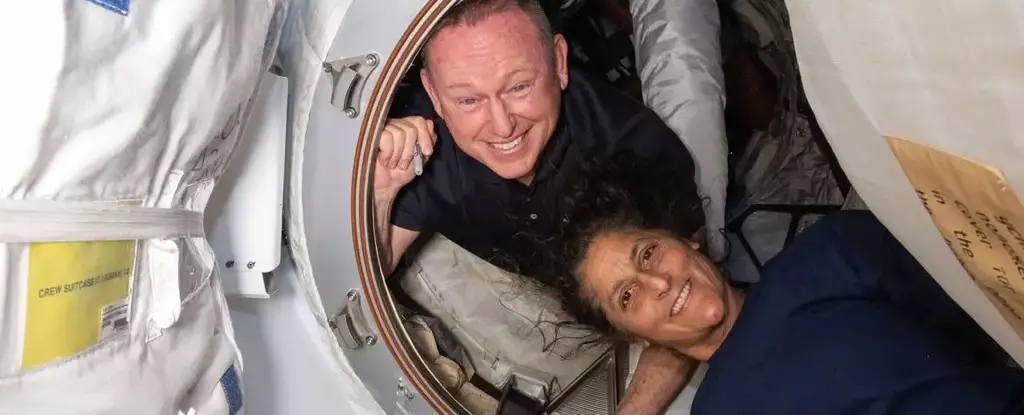The journey of US astronauts Barry “Butch” Wilmore and Sunita “Suni” Williams aboard Boeing’s Starliner to the International Space Station (ISS) has been marred by technical malfunctions and delays. Originally planned to return to Earth after eight days, the astronauts will now have to stay six more months due to thruster malfunctions on the Boeing spacecraft. This unexpected extension poses challenges not only to the astronauts but also to Boeing’s reputation in the aerospace industry.
NASA Administrator Bill Nelson emphasized that the decision to keep the astronauts on the ISS and return the Starliner uncrewed was driven by a commitment to safety. Acknowledging the risks associated with space flight, especially during test flights, Nelson highlighted the importance of prioritizing safety over routine operations. However, the technical setbacks faced by Boeing raise questions about the company’s operational readiness and ability to ensure a smooth journey for astronauts.
In a strategic move to address the challenges posed by Starliner’s malfunctions, NASA announced that the astronauts will return to Earth aboard SpaceX, instead of on their own craft. This decision, while unconventional, showcases NASA’s willingness to adapt to unforeseen circumstances and prioritize the well-being of astronauts. By collaborating with SpaceX for the return journey, NASA aims to mitigate risks and ensure a safe transition back to Earth for Wilmore and Williams.
The extended stay of the astronauts on the ISS and the operational challenges faced by Starliner reflect poorly on Boeing’s reputation in the aerospace industry. With delays in the spacecraft’s development and technical malfunctions during its journey to the ISS, Boeing’s credibility has been called into question. The decision to rely on SpaceX for the astronauts’ return further underscores the challenges Boeing has faced in delivering a reliable and safe space transportation system.
The setbacks encountered during the mission of US astronauts aboard Boeing’s Starliner serve as valuable lessons for both NASA and Boeing. In an industry where safety and reliability are paramount, the need for rigorous testing and operational readiness cannot be overstated. As NASA continues to work with Boeing and SpaceX to enhance space transportation capabilities, the focus must remain on addressing technical issues, ensuring astronaut safety, and upholding the highest standards of quality in space exploration.
By navigating through the technical challenges and operational setbacks, NASA, Boeing, and SpaceX can collectively overcome obstacles and pave the way for future space missions. The successful return of astronauts Wilmore and Williams, albeit on a different spacecraft, will serve as a testament to the resilience and adaptability of the aerospace industry in the face of adversity. As the space exploration landscape continues to evolve, collaboration, innovation, and a steadfast commitment to safety will be crucial in shaping the future of human spaceflight.


Leave a Reply